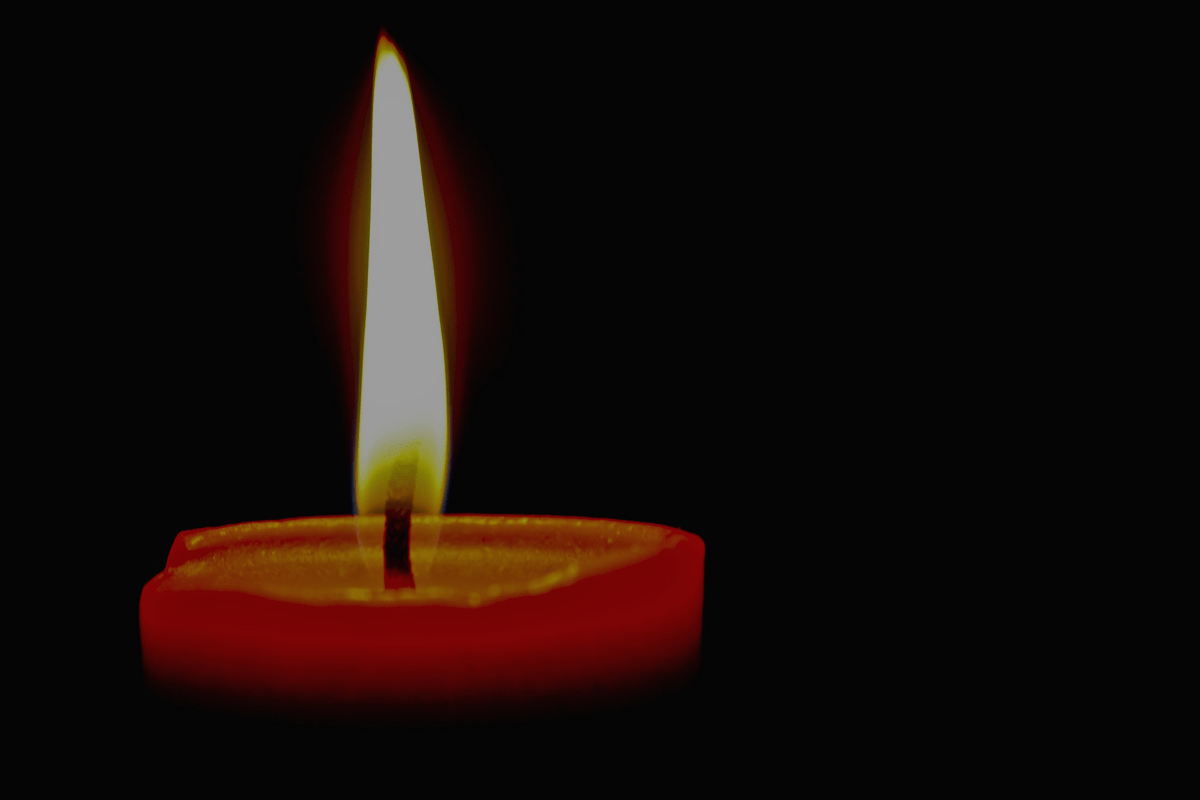
Layered Candles
Candle Making | Safety | Layered Candles | Carved Candles
Chunk Candles | Cauldron Candles | Balloon Candles | Beer Candles
Gift Box Candles | Photo Candles | Hurricane Candles | Whipped Wax
There are two basic varieties of layered candles. They can have distinct dividing lines between the layers, or they can have layers that blend into each other. Layers that blend are more difficult to do and newcomers to this technique should stay with distinct layers at first. A variation on either technique is tilting the mould to obtain diagonal layers. Making layered candles is the same as plain moulded candles with the exception that timing and temperature are critical. As with all candle making some experimentation is needed to get the best results. The temperature will vary with your wax formula.

Distinct Layers
Because of the importance of timing to get the best results, all colours should be melted and kept at pouring temperature. Pour the first layer trying to keep the wax off the sides of the mould. Allow it to cool until firm but still warm. Pour the next layer. Repeat until done. Finish the same as any moulded candle. Do not allow the wax to cool enough to separate from the mould sides between pourings – it will ruin the finished candle and make removing it from the mould difficult. Although it may require some trial and error, a good starting point is 71.1 C (160 F)pouring temperature.
Blended Layers
This technique is more difficult because it requires a good deal more trial and error. The basic idea is to get a slight intermingling of colours. The hard part is getting the colours to blend and not mix completely. One technique is to cool until firm (but still warm), then pour the next layer. It’s usual to pour these at 87.7 C (190 F) which is a good starting point for your own experiments. The higher melting point allows the molten layer to melt and intermingle with the solid (previous) layer.
